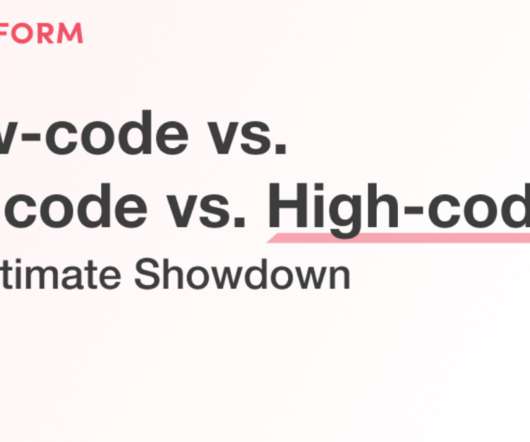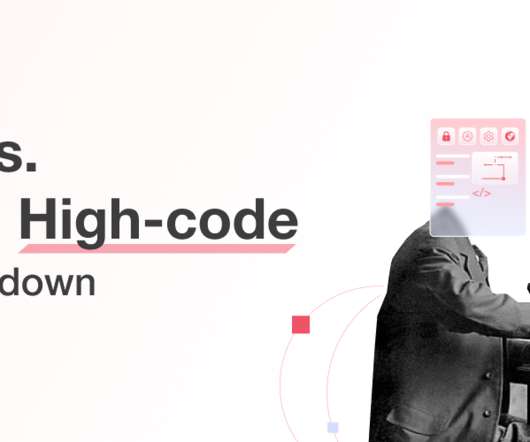Big O Notation - Why? When? Where?
DZone
NOVEMBER 22, 2022
What Is Big O? This is a mathematical term that originated in the early 20th century in number theory and came almost immediately to computer science as questions arose with resource optimization. Wiki-defined Big O notation is a mathematical notation that describes the limiting behaviour of a function when the argument tends towards a particular value or infinity.













Let's personalize your content